Grassland birds, by changing their nest characteristics and breeding patterns, are more resilient to drought than previously thought.
by Abigail Borgmeier, PhD student at Brigham Young University and the McMurdo Dry Valleys LTER
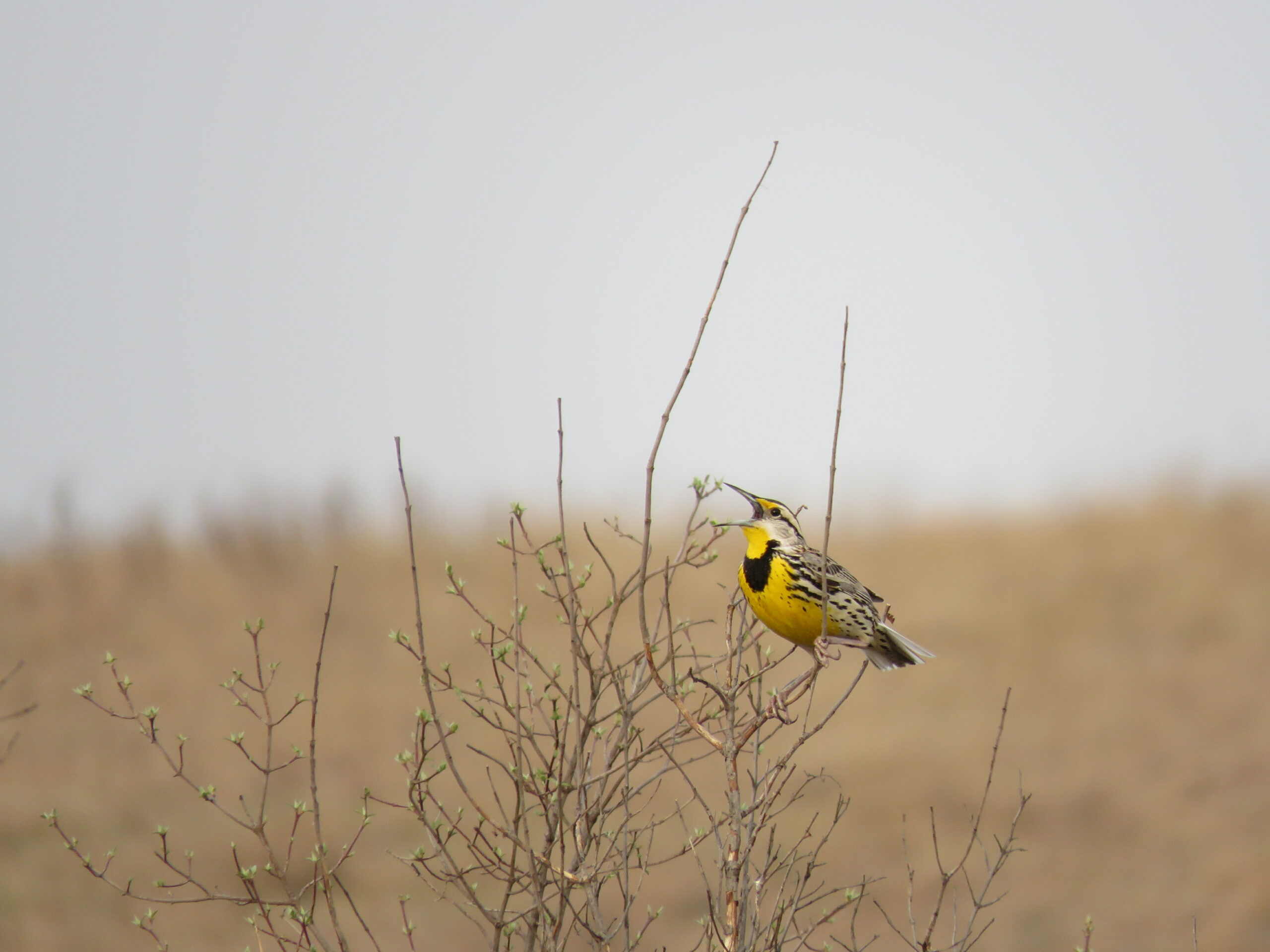
Credit: Emma Smith, CC BY-SA 4.0.
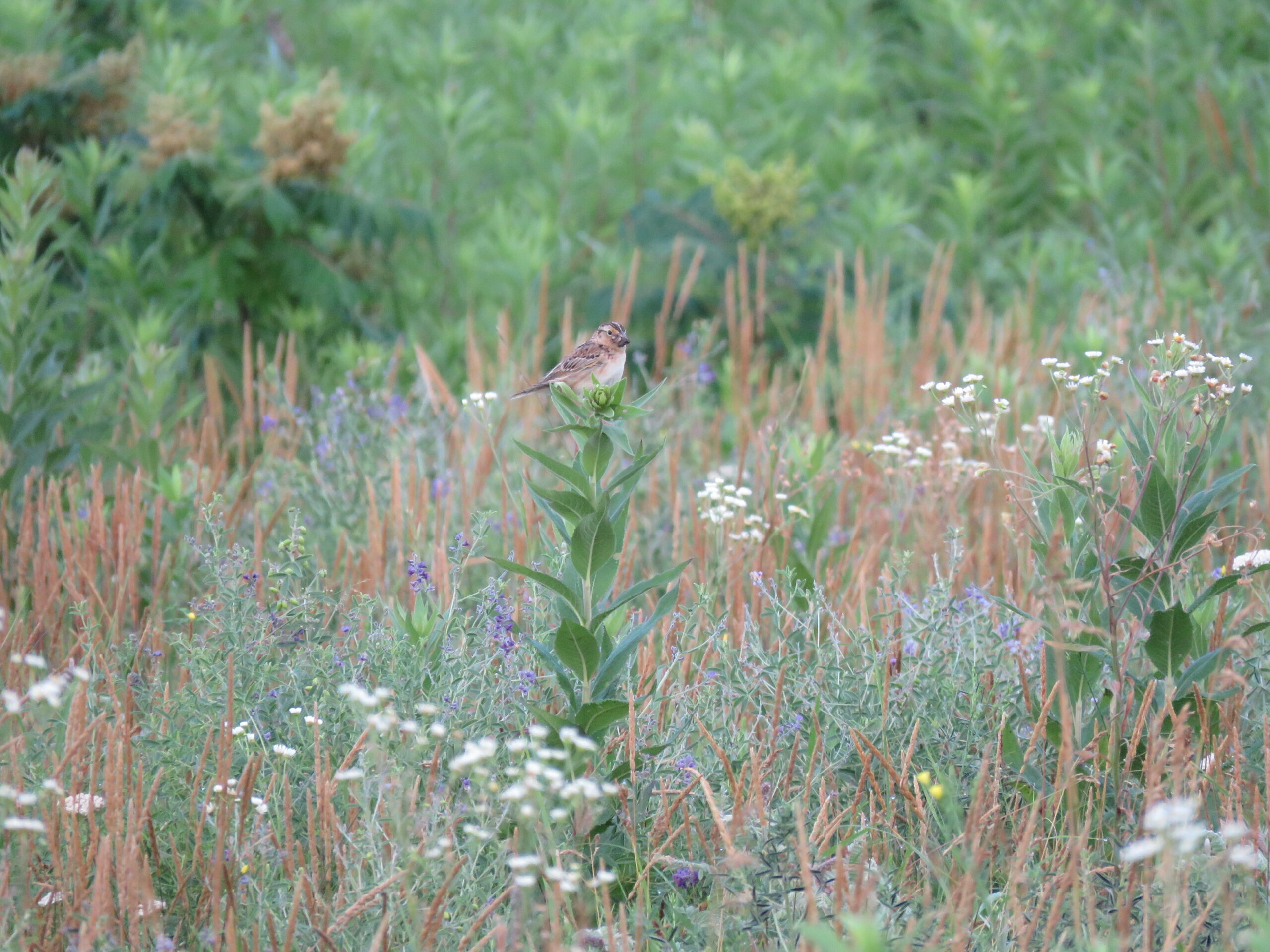
Credit: Emma Smith, CC BY-SA 4.0.
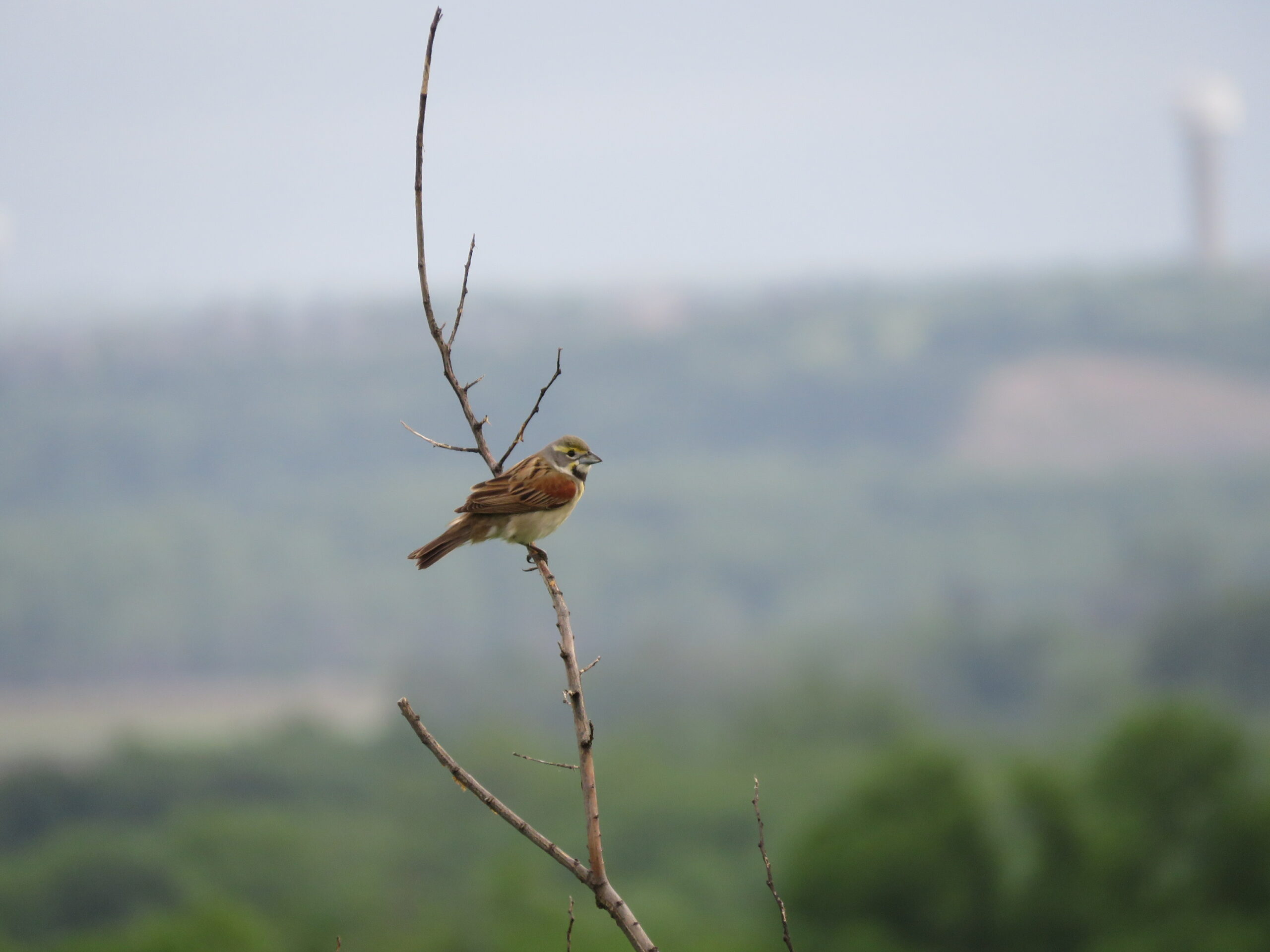
Credit: Emma Smith, CC BY-SA 4.0.
Surprising resilience in the prairie
Emma Smith and colleagues were in the middle of a several year-long survey of grassland birds in the Konza Prairie LTER when a drought unexpectedly hit in 2018. Grassland birds have already been declining in numbers, faster than birds in any other North American habitat. Smith and her colleagues were worried that a severe drought may hurt these species. They continued surveying the bird populations, but with a new focus: trying to understand the impacts of drought on each species.
The birds were much more resilient than expected. The Eastern Meadowlark, the Grasshopper Sparrow, and the Dickcissel all exhibited reproductive and behavior changes to rapidly respond to the extreme drought. The findings are published in a new paper, led by Smith. The work shows that these species are more resilient to climatic changes than previously thought.
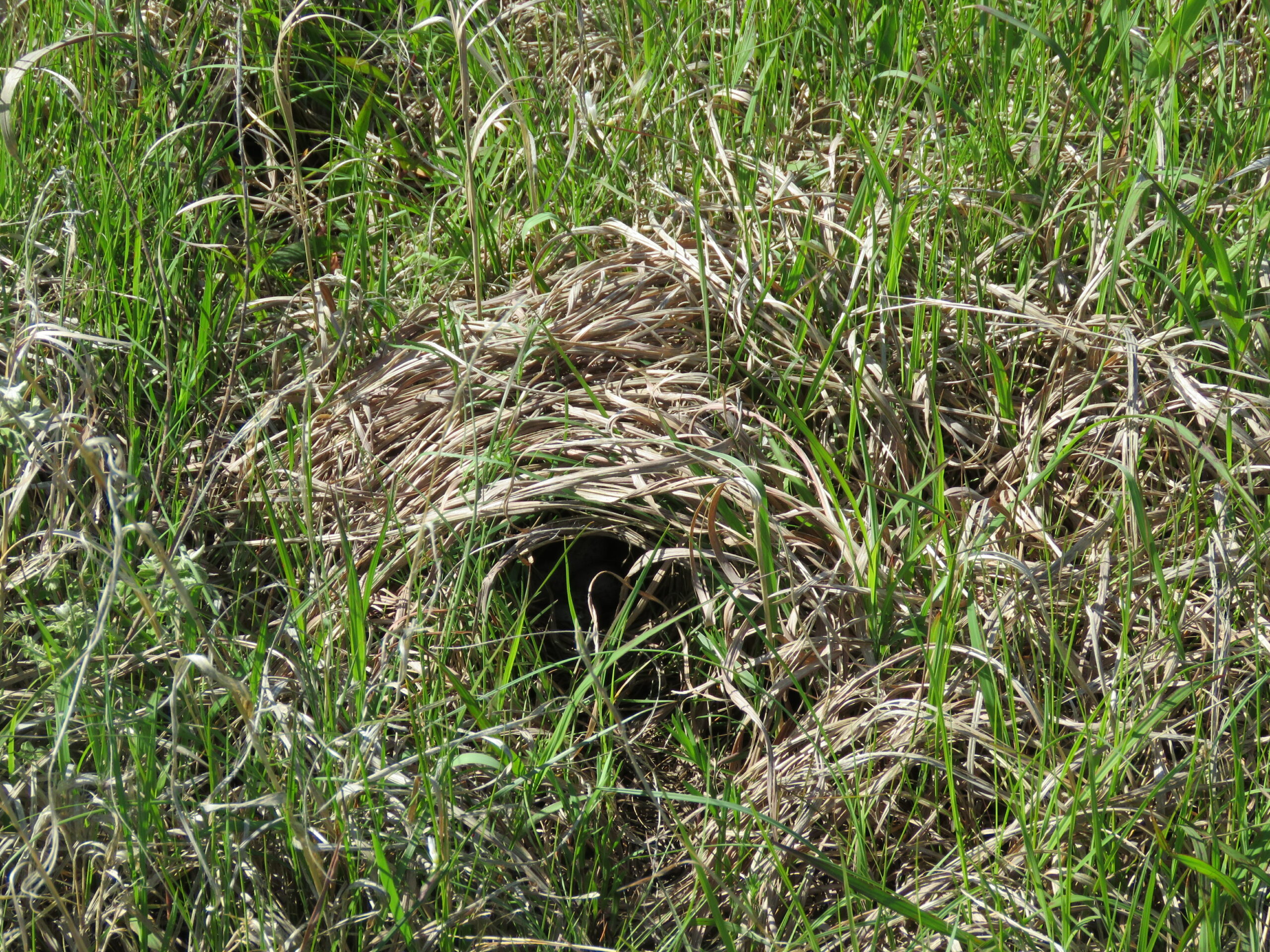
Credit: Emma Smith, CC BY-SA 4.0.
Unplanned drought led to opportunity
Droughts are inherently difficult to predict, and therefore difficult to study. There isn’t a way to plan a drought year into a field season without directly manipulating the environment within a small-scale experimental plot. Because of this, long-term research sites, such as those across the LTER Network, are particularly valuable when studying these sporadic disturbance events: a drought is likely to occur sometime in several decades of research.
Emma Smith and her coauthors nimbly took advantage of a drought year at the Konza Prairie LTER site in the Kansas grasslands to study the effect of drought on grassland birds at the landscape scale.
Drought could change the way that birds build their nests, the authors hypothesized, or drought could increase the amount of energy needed to acquire water, or make it more difficult for the birds to thermoregulate. But whether these effects negatively impacted bird populations was unknown. The authors took advantage of this opportunity to compare nest survival, how early or late in the season the nest was built, and nest qualities during a drought year to long-term data from several non-drought years.
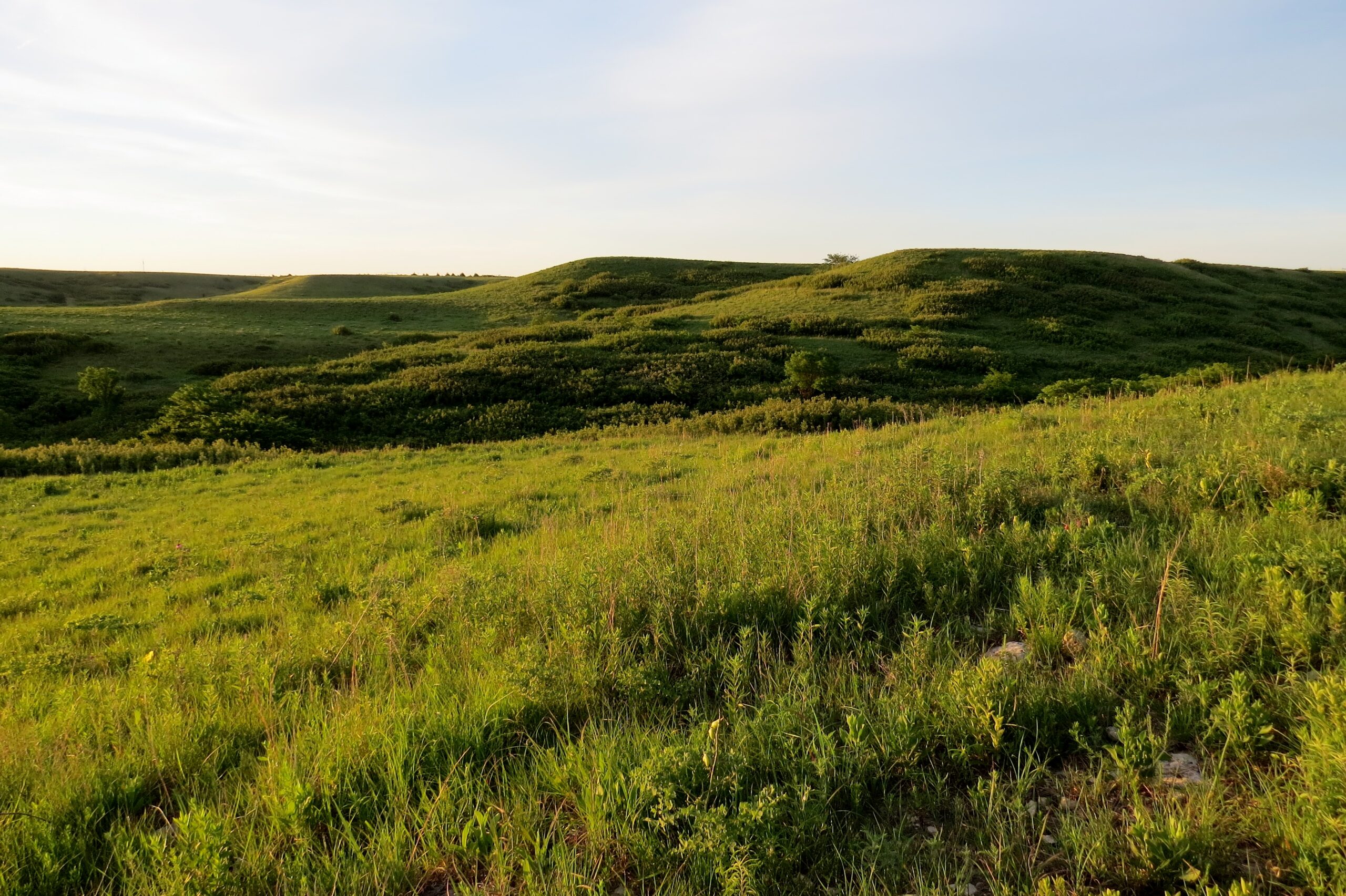
Credit: Sarah Winnicki, CC BY-SA 4.0.
Evidence for resiliency
Smith and coauthors were pleasantly surprised to find that overall, drought did not negatively impact the reproductive success of grassland birds. The authors found that birds displayed a high degree of plasticity, or ability to change characteristics, in response to drought. Take nest orientation for example. The authors found that the spatial orientation of the opening of the meadowlark and sparrow nests changed during a drought year. The dome-shaped nest openings were oriented away from the sun during a drought, which cools the nest and increases ventilation, but not in a normal year. This study is one of the first to document nest orientation changes in response to extreme dry and hot weather.
Smith explains that “grasslands are maintained by constant disturbance, so grassland birds have always had to deal with change. They have this behavioral plasticity to deal with disturbance”. Regular burning by fire, extreme weather, and large herds of Bison trampling through the grass are all disturbances that are integral to grassland ecosystem functioning. Similar to other organisms in grasslands, birds have evolved behaviors which can shift in response to environmental change. That makes them surprisingly resilient to disturbance.
Species specific responses
Interestingly, the three species of birds examined in this study did not all have the same response to drought. For example, Dickcissels and Grasshopper Sparrows cut their breeding season short during the drought year compared to previous breeding seasons. In contrast, the Meadowlark breeding season was not significantly different in length and had the highest clutch size during the drought year. Smith concludes that the authors “found that these birds exhibited behavioral changes that helped them deal with the drought”. Overall, the authors were surprised to find that all three species of birds could alter their breeding behavior to respond to extreme weather conditions, and ended up being far less negatively affected by drought than was previously assumed.
Resiliency in the face of change
While the decline in grassland birds is alarming, these species have also shown a remarkable amount of resiliency in the face of disturbance. It is often assumed that climate change or extreme weather events always negatively affect species, but this study informs us of how tough and hardy grassland bird species can be when confronted with extreme weather events. The results of this study highlight the importance of examining species-specific responses to extreme weather or climate change. Only through long-term and landscape-scale studies can we tease apart the complex responses to environmental disturbance. It is not all doom and gloom, particularly for these charismatic grassland birds, which prove that biodiversity is often more adept at dealing with change than we think.










